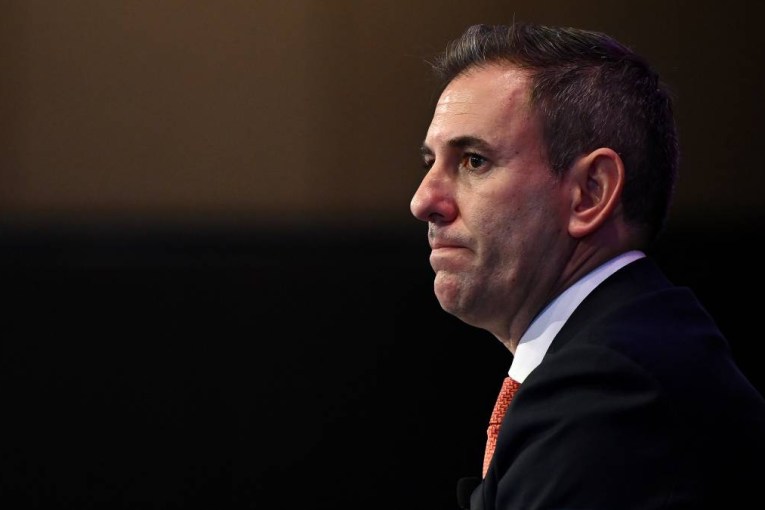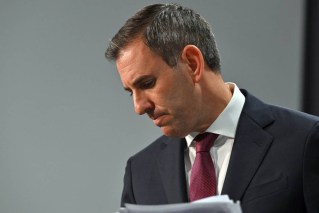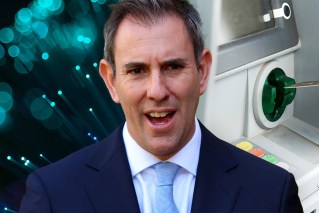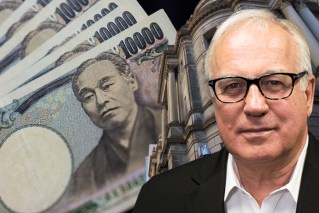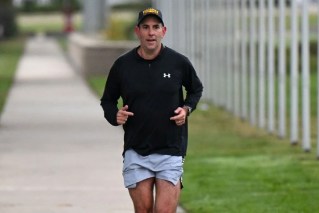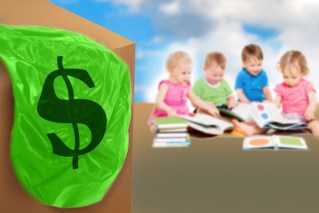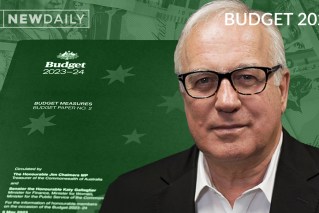Australia might avoid a ‘technical’ recession. Here’s what that means


GDP figures on Wednesday will let us know if Australia has avoided a technical recession. Photo: Getty
Panic-buying could help Australia avoid a ‘technical’ recession – and GDP figures on Wednesday will let us know if it has.
Most economists are forecasting GDP to fall roughly 0.3 per cent over the first three months of the year (March quarter), due to historic bushfires and the coronavirus outbreak.
But because the September quarter is expected to deliver positive GDP growth, following a large contraction in June, Australia would technically avoid a recession if the March quarter also delivers positive GDP growth.
That’s because the technical definition of a recession is ‘two consecutive declines in quarterly GDP’.
So, although Australia is headed for its worst economic shock since the Great Depression, its recession-free streak may continue.
Monash University lecturer Isaac Gross told The New Daily GDP growth may be positive over the March quarter because of the large amount of panic-buying at the beginning of the crisis, and the fact government restrictions were put in place only eight days before the end of the quarter.
That could be enough to offset some of the fallout created by the fires and the slowing pre-crisis economy, though Dr Gross cautioned the chances remain slim.
A recession either way
Whether Australia meets the technical definition of a ‘recession’ will mean little to workers, however.
“A technical recession is a handy rule of thumb for economists and politicians to talk about,” Dr Gross said.
But ultimately it’s not the true definition – even if we miss the two quarters in a row, you’d still be absolutely correct to say Australia entered a recession in 2020.”
Relying solely on GDP data oversimplifies what is actually happening in the economy, and in this case it doesn’t reflect the significant job losses affecting workers.
Taking into account the number of people who stopped looking for jobs in April, as well as the effects of the JobKeeper wage subsidy, Treasury secretary Steven Kennedy says the true unemployment rate is already hovering around 15 per cent.

Centrelink offices were inundated with newly unemployed Australians. Photo: AAP
David Bassanese, chief economist with exchange-traded fund provider BetaShares, also warned the technical definition is “a bit silly”.
“If you get an incredibly weak second quarter but then positive around it, that can be much worse than having three small negative quarters,” he said.
It says nothing about the actual loss of output.”
Mr Bassanese warned Australia’s second-quarter data will be shockingly bad, regardless of whether it marks a technical recession.
Tweet from @CallamPickering
A downturn like no other
Recession or not, the downturn Australia is currently experiencing differs greatly from previous recessions, Mr Bassanese said.
In previous recessions, manufacturing and construction workers have been at greatest risk of losing their jobs.
In response, government has relied on infrastructure projects and other similar policies to create new jobs and stimulate economic activity.
But this time around the services sector – tourism, hospitality and more – has been the biggest loser.
This is a services sector-led recession. It’s the first one we’ve had,” Mr Bassanese said.
“Usually services are the stabilising influence on the economy. They tend to be less volatile while manufacturing and housing construction tend to be more cyclical drivers [of the economy], more susceptible to interest rates and the global economy.”

Commonwealth Bank’s Flash Composite Output Index shows the weakness of services.
As a result, the government won’t be able to recycle old recovery policies, and will need to develop new ones targeting industries specifically affected.
